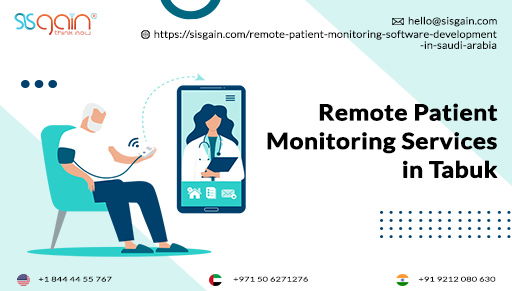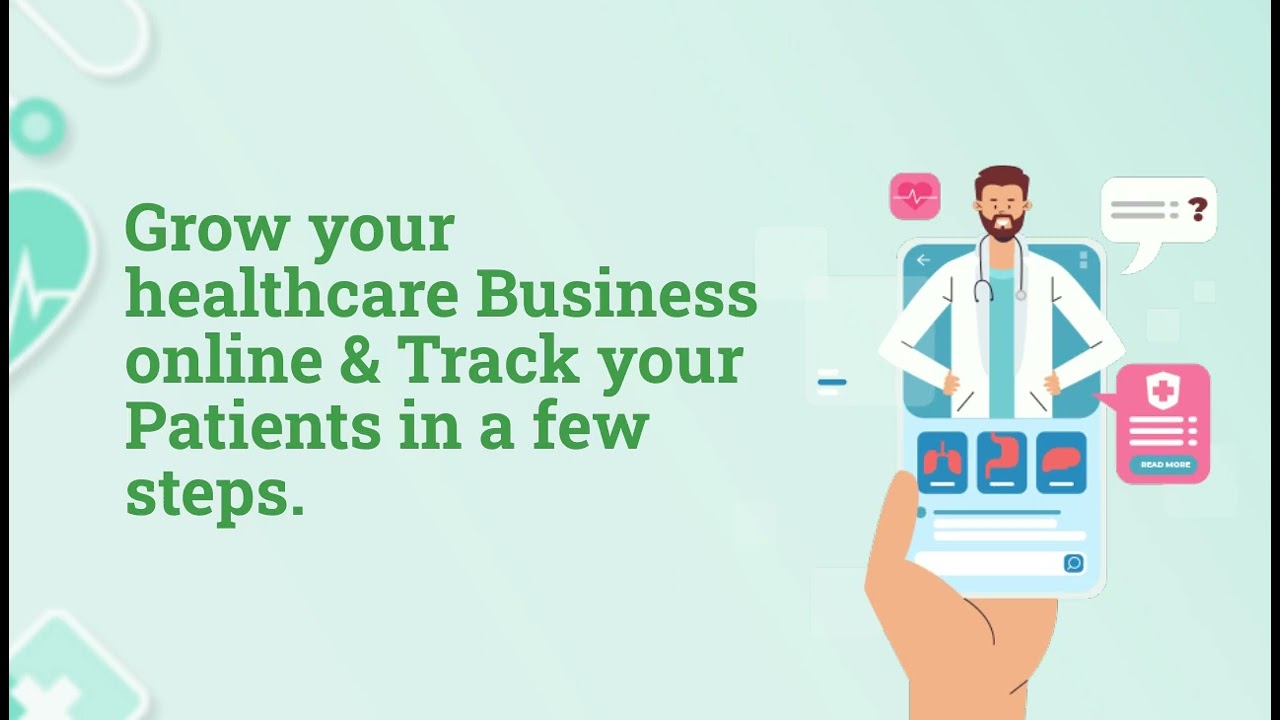Saudi Arabia Relies on SISGAIN for Best Remote Patient Monitoring Services
Remote patient monitoring: What is it?
A set of technologies and practices known as remote patient monitoring often referred to as telemonitoring or in monitoring, enables medical personnel to remotely monitor a patient's health data in real-time and utilize it to guide a treatment plan. It plays a significant role in the broader telehealth and e-health sectors.Patients with chronic diseases, those who have just undergone surgery, the elderly, and people who reside in distant areas with limited access to medical services are the main focus of RPM.
Recent research demonstrates that remote monitoring can be effective when utilized in particular categories.
- 25 percent fewer trips to the emergency room
- reduction of readmission by 38%
- increase patient satisfaction by 25%
- reduce spending on healthcare by 17 percent
- increase medication adherence by 13%

Given the potential benefits, it should come as no surprise that 88 percent of healthcare providers have already invested in or are considering investing in RPM technology. To fulfill their goals, these technologies must create an integrated system that covers the whole remote patient health monitoring system. SISGAIN is one of the top remote patient monitoring vendors in Saudi Arabia.
How to successfully implement RPM-
Whether you decide to choose a ready-made, full-stack solution, put your system together from components from several providers, or design specialized software to match your unique requirements, making the switch to remote care won't be easy. In order to integrate all software and hardware inside an environment that is compatible, this transformation necessitates educating medical staff and patients as well as changing clinical procedures. You could, however, lower the labor and financial expenses of this global process.
Start with a pilot. Not all RPM initiatives work, not even in pandemics. In order to save money, test your system first on a small group of individuals before gradually expanding it when it proves to enhance clinical outcomes.
Don't aim for perfection. Focusing on the actual needs of your system's users is preferable. Make something that will satiate them. Some updates and new features can wait till later.
Create instructional videos or webinars to be used for training. Before launching your RPM, you must ensure that doctors and patients have received comprehensive training on how to use the system and understand data. Purchase in-depth instructional video guidance. You may also arrange webinars for training your staff members.
Find a reliable tech partner. If you are a healthcare provider with limited digital abilities, establishing a long-term partnership with an IT consulting company like SISGAIN that has experience in healthcare software is a safe decision as it provides one of the best remote patient monitoring software services in Saudi Arabia.
How to choose the best source among remote patient monitoring companies-
Most hospitals choose to buy an already-built RPM system rather than creating their own RPM solution from the start. This is quite rational given the high cost and complexity of system development, upkeep, and support. Without even mentioning compliance with other regulations like HIPAA.
One of the top providers of telemedicine solutions is SISGAIN. It offers inexpensive, high-quality services with complete backing. The following questions are the main focus, and the application is constructed appropriately.
Who is RPM for? The demands of every person cannot be met by an RPM program. Children will use different technologies than the elderly. Diabetes and heart disease are monitored using different technology. SISGAIN pinpoints the patient demographic that matters most to a certain institution and operates in accordance with that group.
Is integration straightforward? It is crucial to integrate the RPM technology with other hospital software, especially the EHR system. To describe the scope of work, cost, and time necessary to incorporate new technology into the current ecosystem, the hospital may need an IT consultation.
Is it user-friendly? Equipment and user interfaces must be simple to set up, understand, and use for both patients and medical professionals. If they don't, patients won't give the information required for efficient monitoring.
The significance of remote patient monitoring:
The importance of patient-provider communication in the healing and recovery process has been established. Devices for remote patient monitoring promote openness and trust. They give consumers a greater comprehension of ailments and therapies, enabling them to have more influence over their care regimens. Better results become more prevalent and less stressful when both the patient and the physician have greater knowledge because knowledge is power.
Lower readmission rates in emergency rooms, hospitals, and care centers are among the advantages of remote patient monitoring. Patients can save part of the time and energy required for healing when they don't have to continuously travel to clinics. With each improvement in a patient's state, biometrics can show that reducing stress is a must for any effective treatment strategy.
For treating persons with disabilities, chronic illnesses, or aging populations with mobility problems, connected healthcare is essential. It makes it possible for many individuals to remain at home, regain control over their life, and actively participate in their care. Devices for remote patient monitoring might at the very least lessen the length of stay for these patients' hospital visits. Disease management and personal care may become more effective and efficient as a result.
Without a question, communication and data sharing have increased patient care quality and quality of life, all while cutting costs for healthcare companies of all sizes. All health systems benefit greatly from partnering with monitoring technology and artificial intelligence.

